The global mobile app development industry is evolving at a breakneck speed to meet the rising user demands. And, businesses must get acquainted with the changing trends to survive and thrive in this digital world.
The apps like WhatsApp, Uber, PokemonGO and more have something in common. They all have brought revolutionary changes in social networking, transportation, and gaming segments respectively but the driving technology behind them is the same. It is location-based services or LBS.
You might be surprised to know that geolocation technology is present in 90% of apps that are installed on your smartphone device. It lets the mobile apps deliver highly personalized recommendations to the users that help businesses skyrocket their sales and deliver customer value efficiently & quickly.
Today location-based apps have expanded beyond the level of a simple local discovery. This map-based technology is one of the leading trends that are likely to rise in the upcoming years. If you’re not updated with this hot trend yet, don’t fret! With this article, we’ll uncover the essentials that you may want to consider for custom GPS location app development.
How Does Location-based Apps Work?
An application that allows businesses to provide various services depending on the user’s location by using geolocation technologies along with geographical details based on cell tower data, enabled by Wi-Fi or cellular connectivity or GPS signals.
Benefits of Location-based Apps For Business
Using geolocation technology in mobile apps helps offer numerous insights about users, trends & more that enhances the overall business performance. It allows serving the users better as per their demands and needs. Wondering how?
- Precise and Quick Services: Based on location data, the organizations can offer solutions exactly when and where they’re needed. It helps build loyal customers. For instance, a brand like Uber has seen tremendous benefit by using GPS technology as it allows to detect the exact location of the rider requesting the ride.
- Personalized Experience: You would agree, the power of personalization never fails to impress. 80% of consumers prefer to make a purchase decision if brands offer them personalized experiences. And geolocation apps support targeting the users as per their physical location along with discounts and promotions to increase the brand’s popularity.
- Real-time Updates and Information: Helps keep users and businesses informed by allowing them to send real-time alerts of events to customers in proximity.
- Easy Search and Suggestions: With the available location data option, businesses can analyze user’s actions and provide lucrative shopping tips with useful discounts and promotions to improve customer experience.
Technologies Used to Create Geolocation App
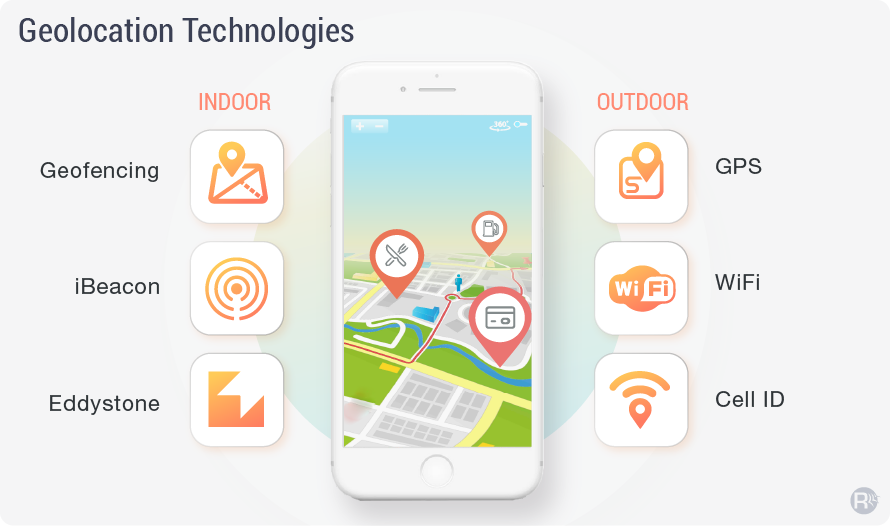
There are mainly two types of location-based services – indoor and outdoor. What’s the difference? Let’s check it.
Indoor Geolocation Technologies
1. Geofencing: This was the first indoor technology built on GPS, cellular, and Wi-Fi data. It creates a virtual geographic boundary, enabling software to trigger a pre-programmed action when a smartphone enters/leaves a particular point. Geofencing is often used in the advertising & marketing sphere to allure prospects with the most relevant ads and offers.
It uses three types of triggers:
- Static – when a mobile user visits a particular place
- Dynamic – Track user’s location and sends real-time notifications based on changing data stream
- Peer-to-Peer – Notifies mobile users with respect to other known user’s check-in in nearby locations
2. iBeacon and Eddystone: iBeacon is a software protocol developed by Apple and Eddystone is one of the service offerings developed by Google. Both these technologies rely on Bluetooth Low Energy (BLE) signals for indoor positioning. BLE sends out the identifiers, that helps trigger the corresponding actions in custom-designed smartphone for Eddystone or iBeacon. For instance, If we approach sightseeing with a special app then the device constantly shows all the detail about the area.
Outdoor Geolocation Technologies
1. Global Positioning System (GPS): All smartphones are equipped with a built-in GPS module which makes it the most popular technology. It receives signals from several satellites at the same time to determine a position with close to 4 meters of accuracy.
2. WiFi: It helps identify the location in a similar way that GPS does. It is cost-effective and covers smaller areas compared to GPS but works well with Received Signal Strength Indicator (RSSI) and Google Maps. The RSSI approach can help locate a user using Wi-Fi points.
3. Cell ID: You can also use GSM base stations to identify the geolocation of a user. Mobile phones can detect the cell towers they are connected to. By finding the cell station coordinates, they can establish the location on their map.
Location-based Services App Use Cases Across Industries
1. Travel
The geolocation capabilities in Airbnb and Marriott app have revolutionized the travel and booking industry once and for all. It helps;
- Locate restaurants, must-visit places nearest to user’s current location
- Helps to send real-time advisories & messages to tourists
2. Retail
Giant retail brands such as Target, Walmart, and IKEA use geolocation apps to enhance their in-store experience. It helps;
- Customers to quickly & easily locate items within the store
- Availability on item inventory with ongoing offers & promotions
- Select and opt for a convenient pickup or delivery
3. Automotive
Geo tracking app to remotely control your fleet and organize the distribution of work. The GPS tracking System beacons with geo-tracking offer real-time insights into the activities & reporting of the on-the-go staff. It helps;
- Mobile application based vehicle location tracking
- Updating passengers about delays & arrivals on trips
- Enforcing speed & delivery compliance
4. Social Media & Dating
The geotag capabilities enable easy discovery that connect user according to their location. Apps like Instagram and Facebook use geolocation to target customers with native ads. Likewise, the Tinder app also uses geolocation technology to match users find potential dates nearby. In the same manner, Happn, a local dating app recommends users “with whom you have crossed paths”. It helps;
- Shortlist and showcase the people nearby based on their location and category
- Easy connect with people across the globe as per their location
5. Health & Fitness Tracking Apps
People are becoming more health-conscious nowadays. These location-based apps can track all outdoor sporting tasks like jogging, cycling, swimming, and more. It helps;
- Users to plan their daily workout schedule and analyze their daily fitness regime
- Locate the nearest fitness studios or personal trainers
- Engage with like-minded fitness enthusiasts while making changes in location on the go
Must-have Features in Location-based Apps
- Map as an interface: It is becoming trendy as it enables one to view a person’s most precise location updates on the map in real-time.
- Push Notifications: App users can receive helps notifications about the day’s deal, info about upcoming events around their surroundings, and other details. It is possible to send real-time alerts about dangerous situations like hurricanes, earthquake alerts and more.
- Information Filter: Location-based information can be incredibly broad. The content can be filtered by the app users based on their interest and get alerts only on the chosen topics using this feature.
- Personalized Suggestions: Once the app gets to know the user better based on ML algorithms, this feature can enable easy categorization of information about local events, news, or others based on the user’s profile, personal interests, and whom they follow.
- Reward Programs: It helps build a loyal customer base by attracting more like-minded people. It can be in the form of points and deals to persuade the app users to go to the local business and purchase products.
How to Build a Location-based App?
Step 1: Market Analysis:
- Define the type of app you’d like to develop
- Conduct thorough market and competition research
- Focus on your target audience, their problems, and how your app can help them
- Unique benefits that will appeal to the customers & set you apart from the rest
Step 2: Choose the Reliable Tech Partner: Choose an experienced mobile app development services company that can help you select the right tech stack, APIs – a set of tools to be used in the development of a software product.
Choosing a partner like Rishabh Software who can help you leverage technology expertise across platforms. For instance, with web application development, we use the HTML5 Geolocation API. For iOS app development, we leverage Google Maps API, Core Location API, Google Maps SDK, and more. For Android-based apps we can use the Android.location package, Google Location Services API, Google Maps API, Google Maps Directions API, and more.
Step 3: Features & Functionalities: Now is the time to decide on core elements you wish to include with location-based apps. Along with your development partner and based on the research create a list of features categorized by primary, secondary & tertiary that you wish to implement to build a user-centric app.
Step 4: Ensure Data Security: Your app’s security is something that you can’t afford to ignore! Data protection laws are becoming stringent worldwide. So, access to location and user data is a privilege that must not be divulged. Make sure your app complies with the local regulations in all the regions you want to target with your app.
Step 5: Design and Development: Once all the requirements are in place, your tech partner with their mobile GPS app development capability can help craft and implement a methodology that suits your project requirement.
Step 6: Test and Launch the App: Once the core set of features are developed, the mobile app development partner can carry out various testing methodologies to ensure there are no flaws and shortcomings in the app.
How Much does Geolocation App Development Cost?
The total cost of location-based mobile apps will depend on several factors. We can highlight the important parameters that would influence and offer you a broad estimate of the development cost.
- Project Type
- Modules, features, and functionalities
- Compliance adherence requirements
- Design complexity and scalability of the mobile app
- Time taken to develop the app
- The expected outcomes (revenue/user base)
- API integrations
- Development platform (iOS, Android, or both)
As a pioneer in the mobile app development space, Rishabh Software can help analyze project requirements and pick the right features and functionalities of your geolocation-based app whether it is for content delivery localization, targeted advertising, fraud prevention, real-time incident management, business discovery, network traffic analysis, and more. If you have some of unique location-based app ideas, we’re just a step away.
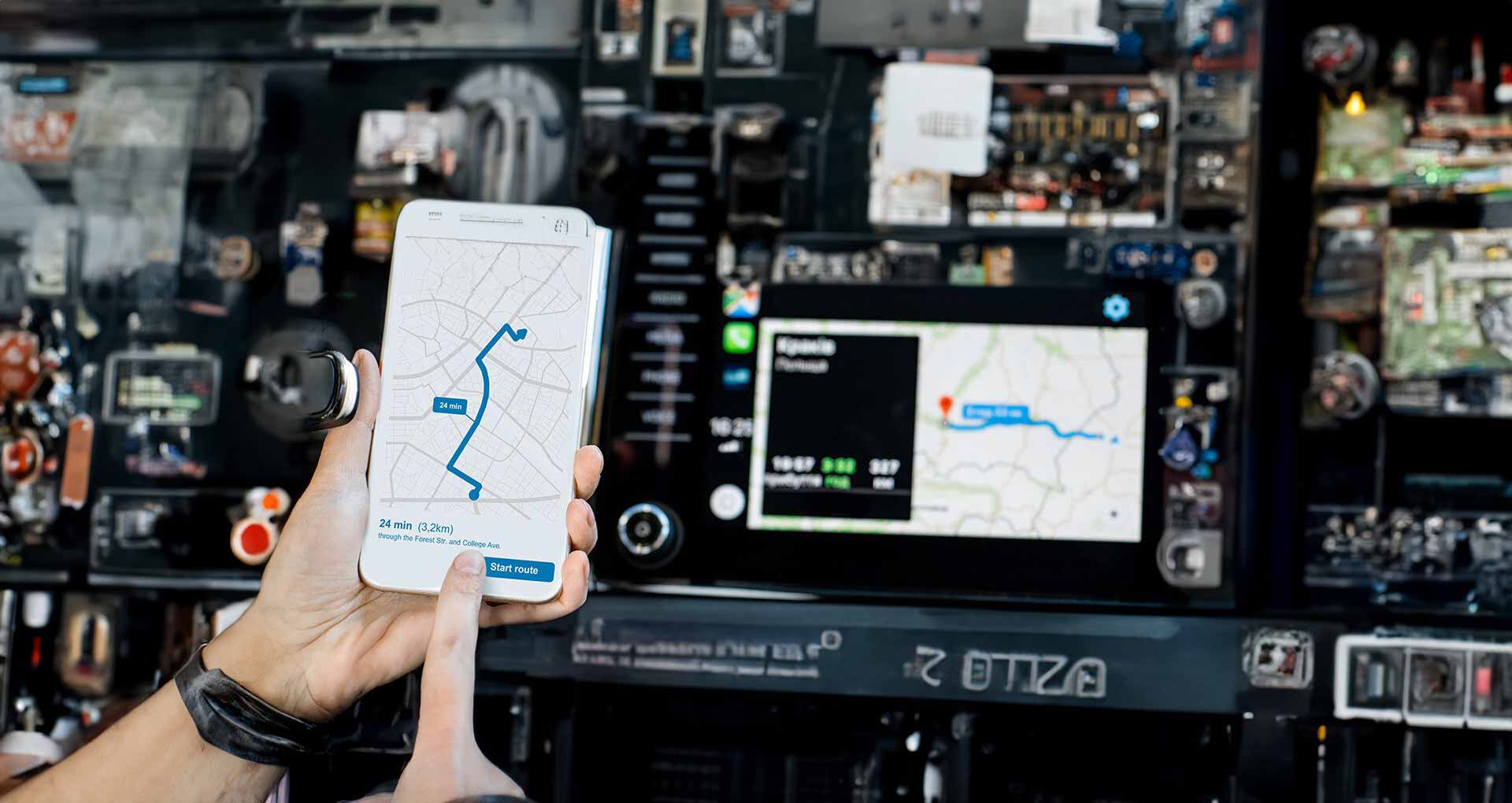
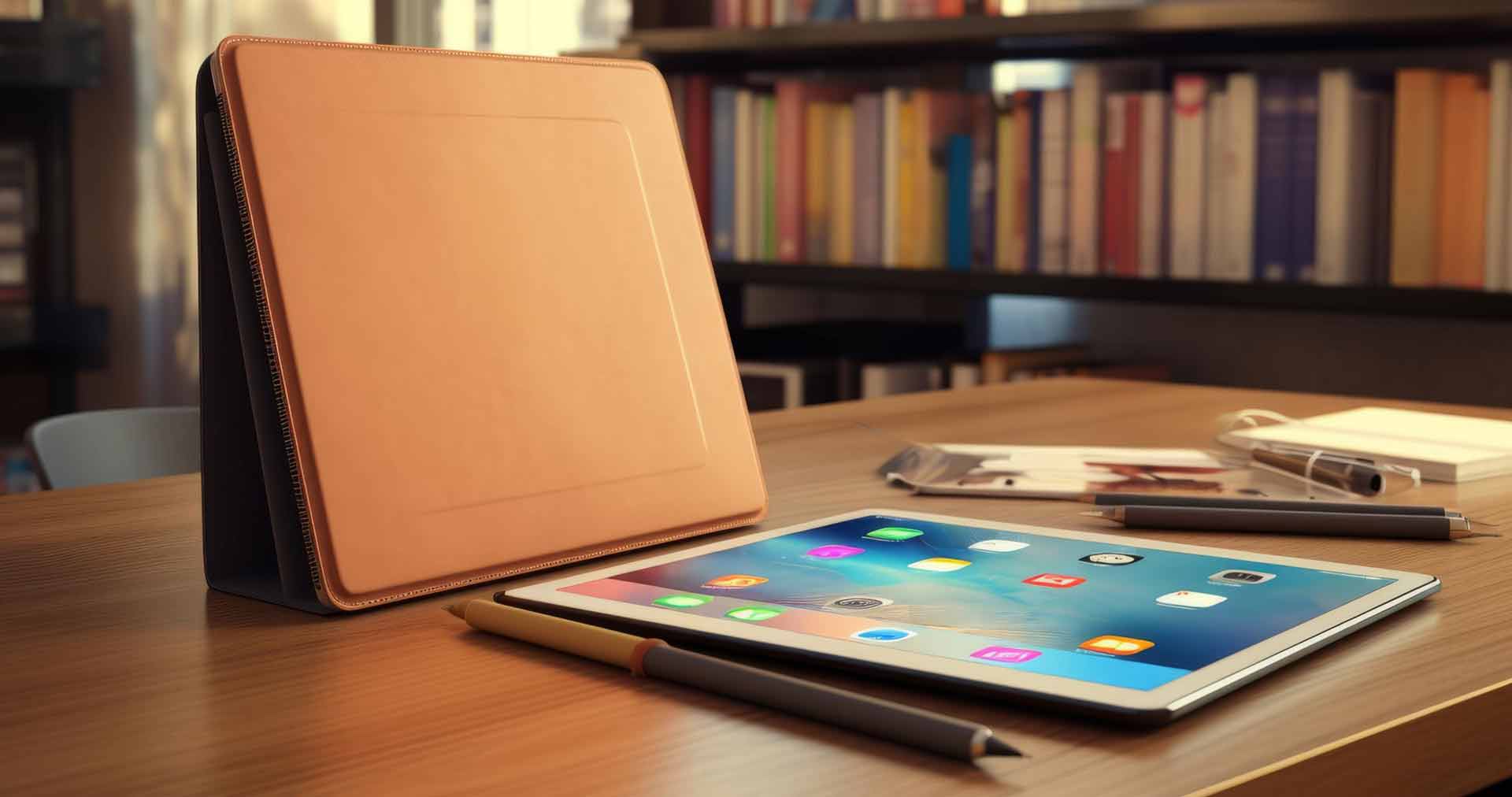

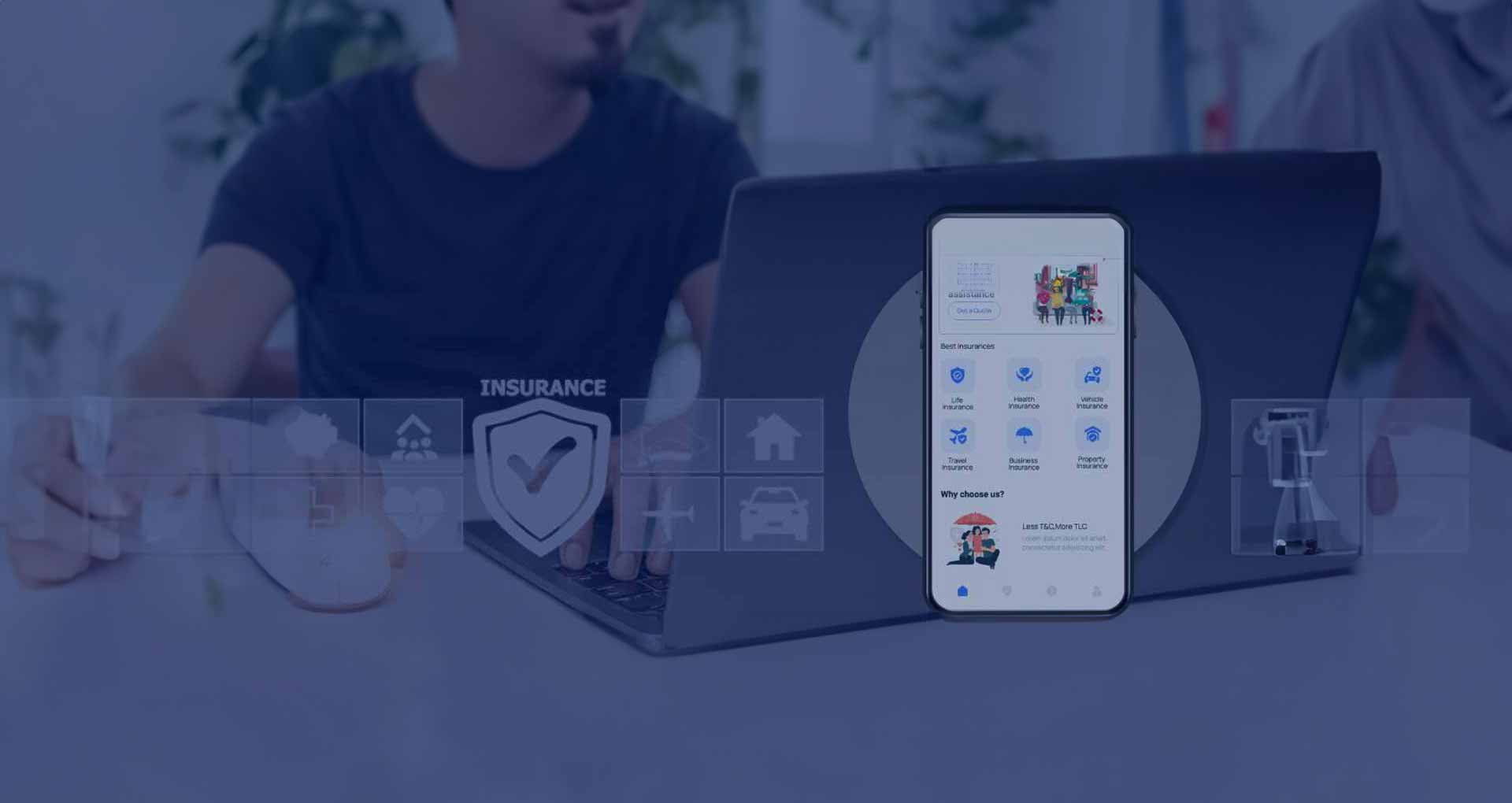
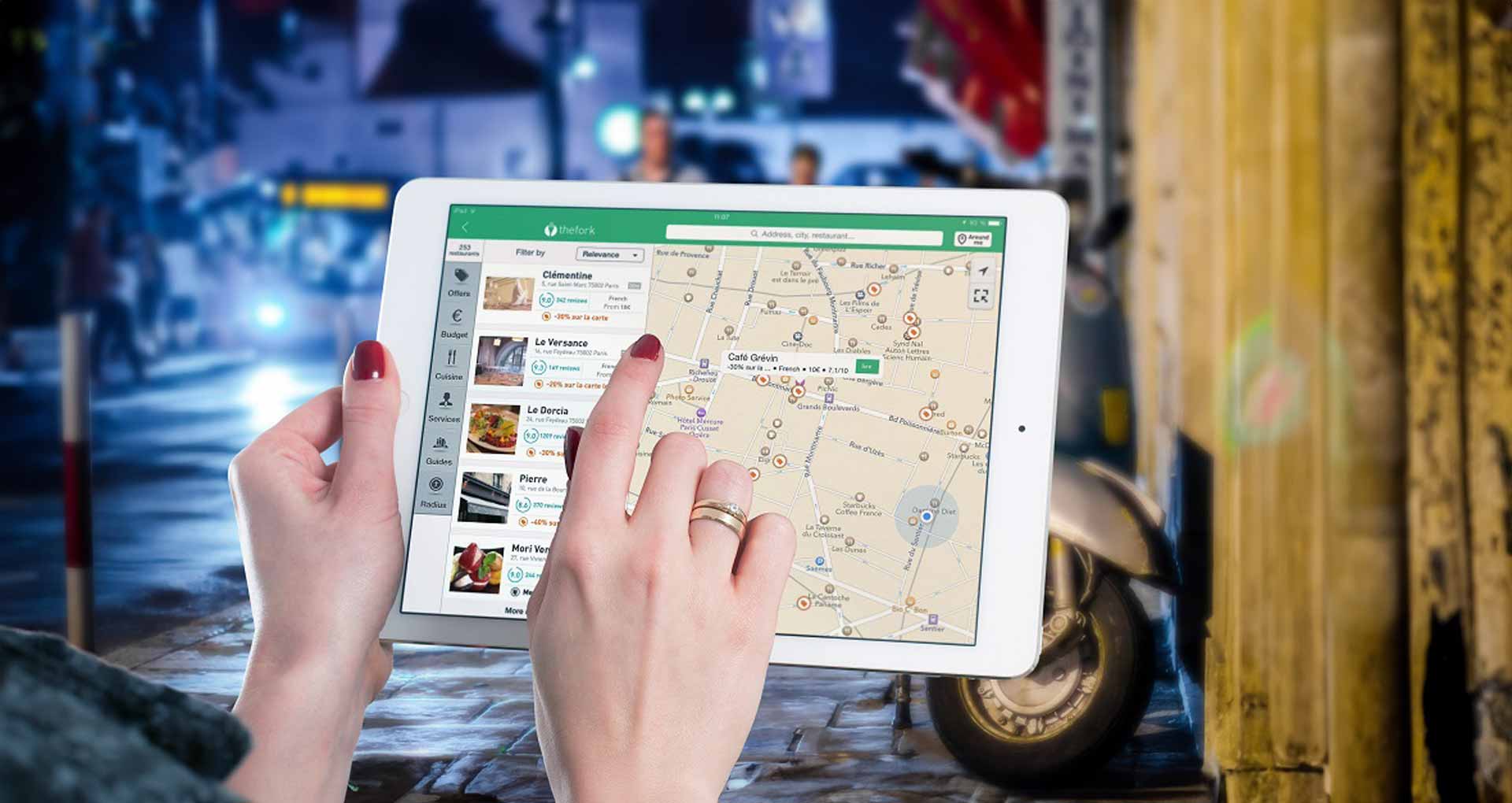
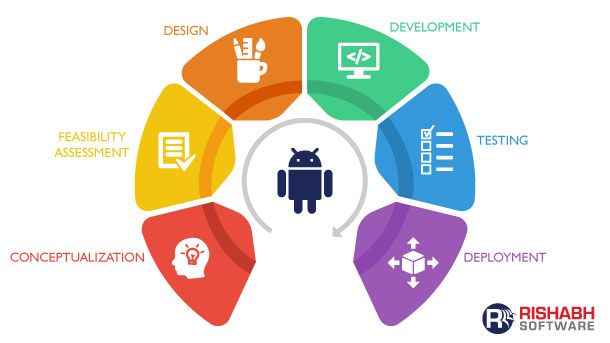





 30 Min
30 Min


